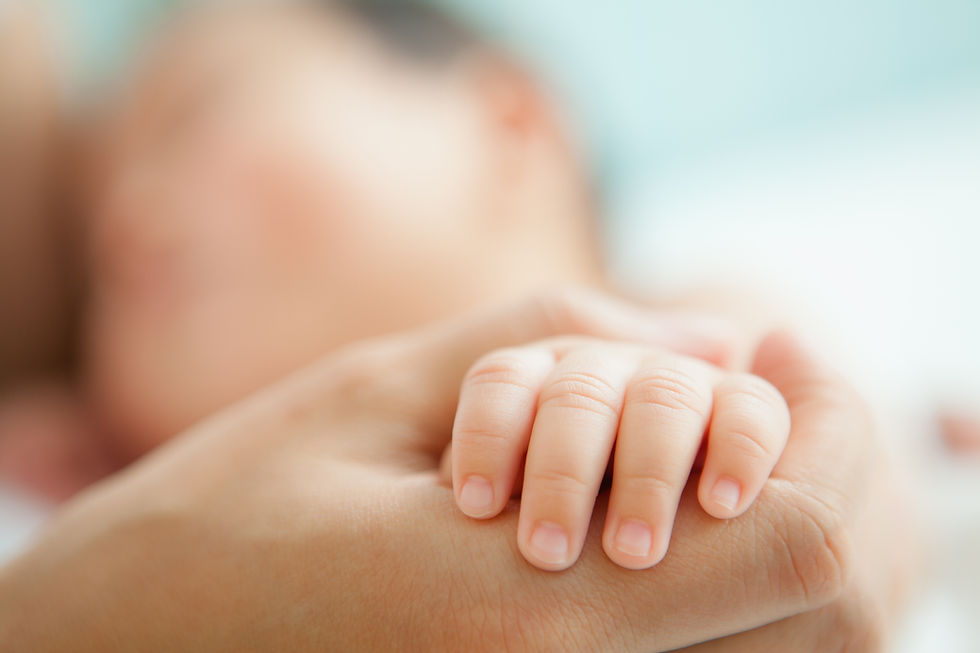Seizure Safety: 6 Helpful Things You Can Do When A Child Is Having a Seizure
- Kimberly Kostas

- Mar 11, 2021
- 2 min read

For most people, witnessing a child having a seizure is a frightening experience. Unless you are a healthcare provider or are the family member of a person with a known seizure disorder, you may not know what to do when a child nearby experiences a seizure. Here are 6 things to remember if you are ever faced with this experience:
1. Get Help! This may mean calling 911 or yelling for a nearby caregiver who understands the child's seizure action plan. Either way, do not try to tackle this alone if you are not experienced in doing so. When in doubt, always call 911.
2. Do Not Put Anything in the Child's Mouth! This could cause injury or block the child's airway.
3. Time the Seizure- In the moment, a seizure will likely feel like it has gone on longer than it actually has. Timing a seizure, rather than relying on your own estimation of time, can be helpful for medical providers and can help determine the need for certain medical interventions.
4. Remove Harmful Objects- Remove anything you see as a potential danger to the child. This may include sharp objects, breakable object, strangulation risks, etc.
5. Do Not Restrain the Child- Restraining a child during a seizure may cause discomfort or even injury. Also, restraining a child will not stop their seizure. Instead, try to focus on creating a safe environment around the child.
6. Turn the Child on Their Side If They Are Not Awake. This can assist the child with breathing and prevent choking. If you are unable to do this gently during a seizure, you should turn them on their side when they are no longer experiencing the seizure.
If you know you will be taking care of a child with a seizure disorder, you should have a good understanding of that particular child's seizure plan prior to caring for the child. Each child's seizure may look a little bit different, as there are numerous different types of seizures. For example, some children will shake during their seizures while others will be still and stare off into the distance. Also, each child's seizure treatment will be different as well. For example, some children are given medication to stop their seizures, some children need a magnet waved over their chest (vagal nerve stimulator), and some children do not require any intervention when they experience seizures. The take home point here is to be prepared. Mainly, know what to expect and how to intervene.

Are you a child care center who needs to train their staff on seizure safety? Are you a child protection agency who is placing a child with a new caregiver and want to ensure they understand the child's care? PediNurse can help! contact us today! https://www.pedinurseconsulting.com/contact




Comments